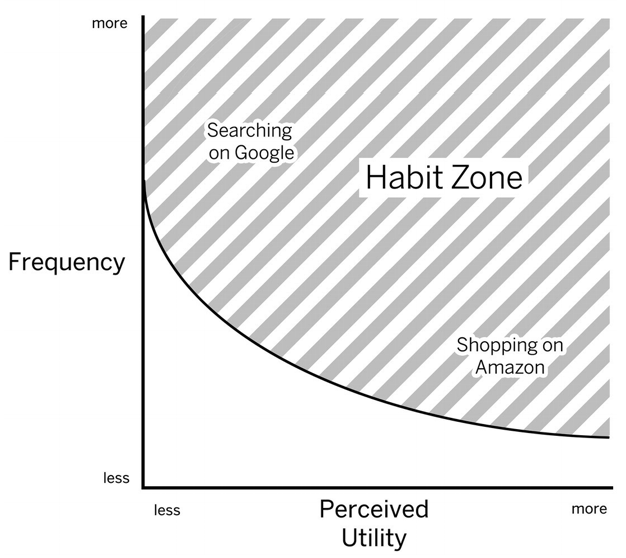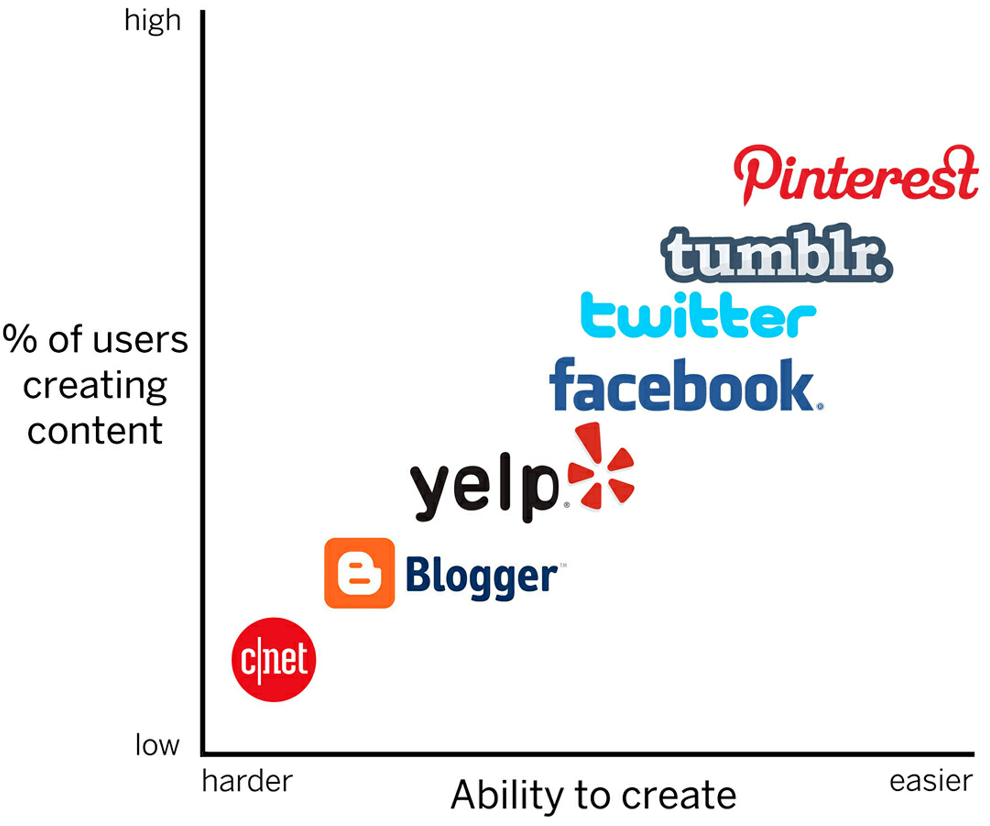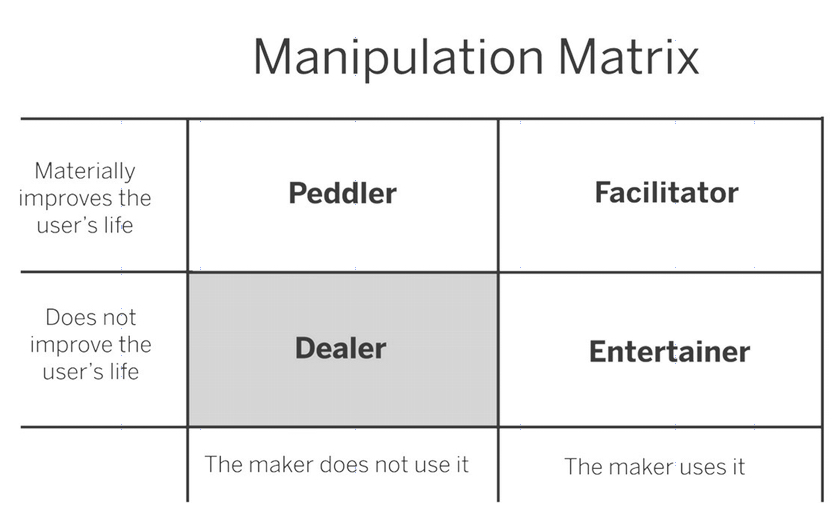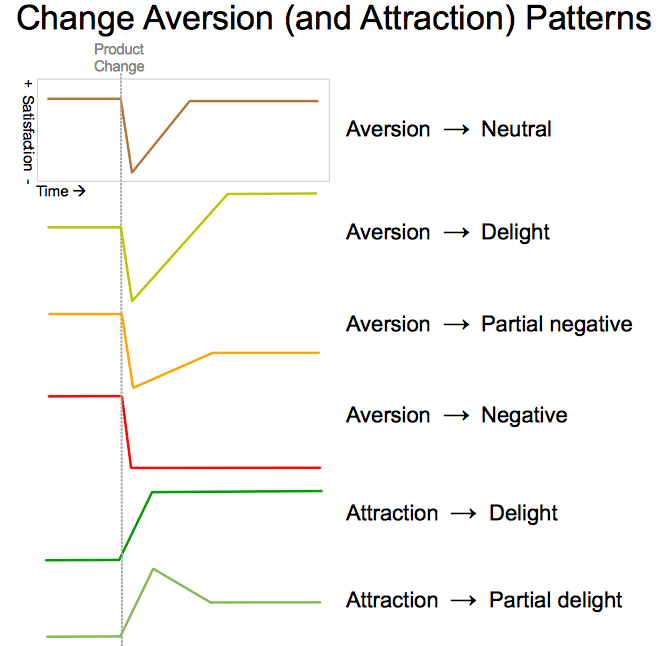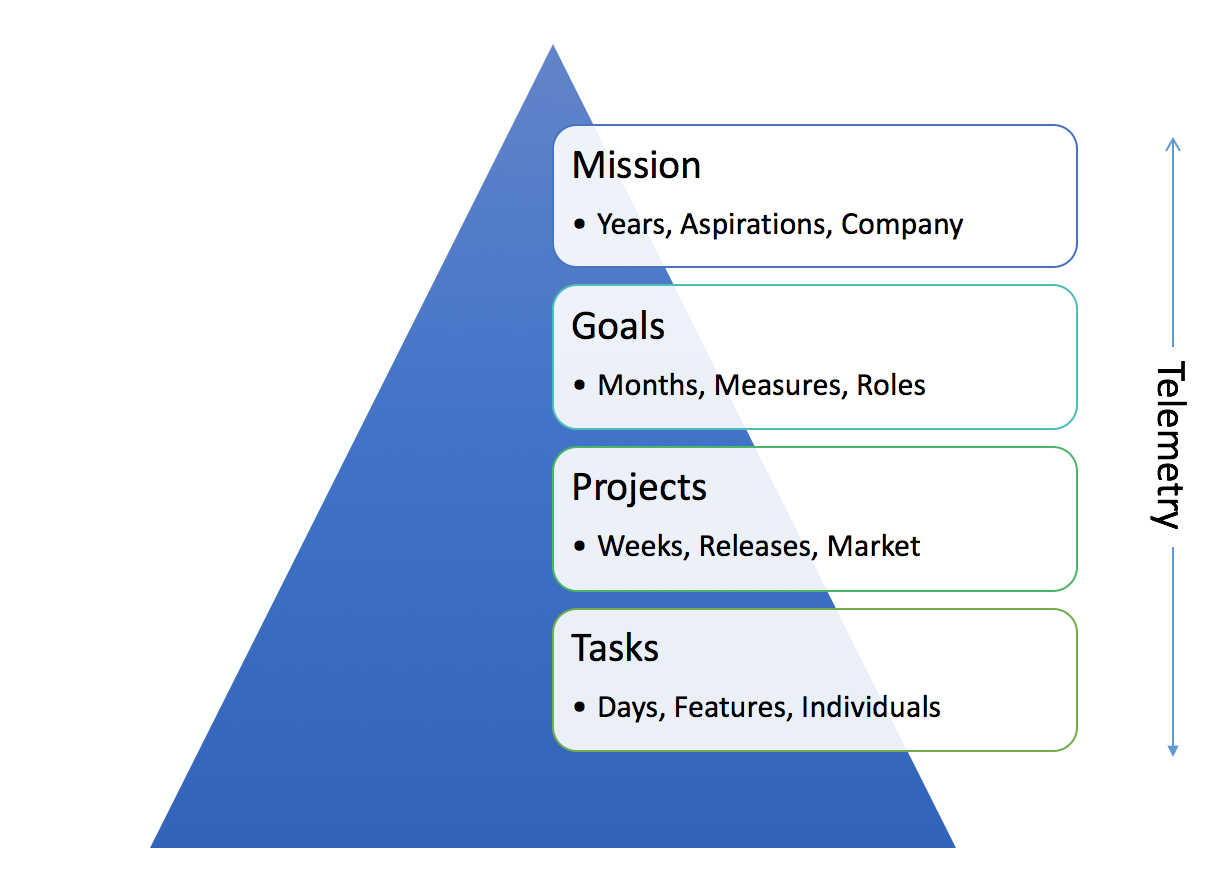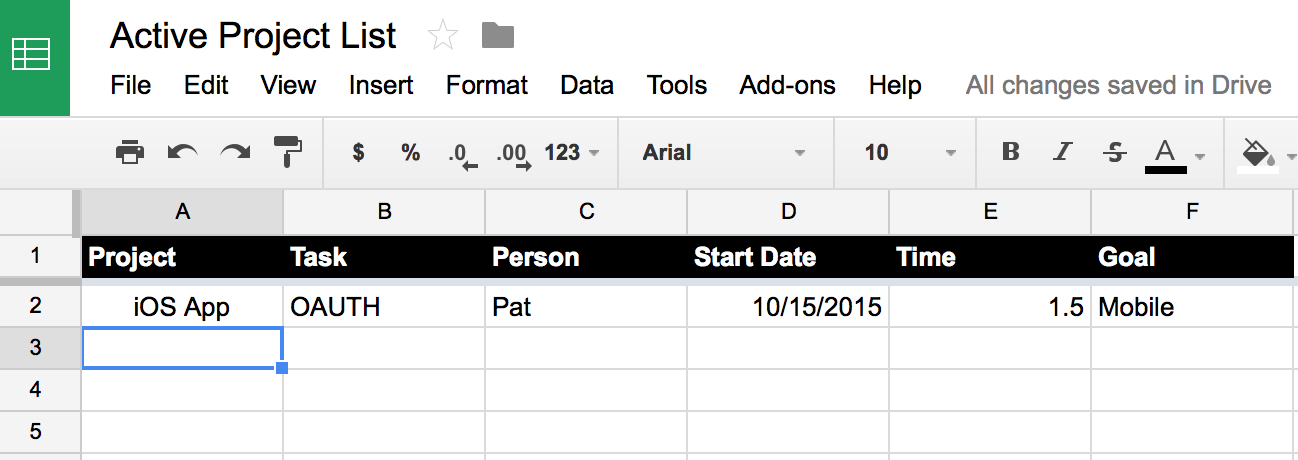4 Guidelines for Website User Experience
A common mistake many website builders make is creating a website like a product brochure. Website builders spare no efforts to provide the most detailed information for visitors. However, this kind of site cannot keep users.
That is because most people don’t want to spend much time learning how things work. Instead, they prefer to try and figure things out on their own simply by clicking around.
From the users’ perspective, a good website allows them to find what they need by playing around. Based on the book Don’t Make Me Think, Revisited, we have summarized four guidelines for creating a website of good usability.
Start with clear navigation
When a user lands on a website for the first time, he can hardly estimate the website’s scale. He will probably choose to opt-out for not knowing how the website is organized. That’s why a navigation bar is so necessary. On each page, the navigation should enable users to locate where they are, how they can get back to the homepage, where they can search for keywords and other extra information about how to use the website. Most of all, navigation must be simple and straightforward; otherwise, users may get confused and just click away.
Make an impressive home page
The home page is likely to be the most frequently visited page of a website, and its importance is self-evident. Users’ first impression of a website is determined by their first impression of the home page. An impressive home page is a must.
Besides, we also need to make sure that we have delivered the most important message to visitors, which is the goal of our website. The book suggests an effective way to communicate with readers on the home page would be placing a tagline describing our mission next to the website logo.
Use visual hierarchies to present information
When we visit a website, we don’t read the text line by line. Instead, we often scan the text to retrieve the information we need. If you want to convey a specific message to visitors, you should learn to make use of visual hierarchies. The rule is simple. Key messages should be highlighted. So users can understand where to focus on and click. Hiding important information will only annoy visitors.
Improve mobile loading speed
A few years ago, being responsive was only a plus, but nowadays, it has become a must.
- Due to the rapid development of mobile devices, users expect more from mobile websites and tend to spend much more time on mobile surfing.
- Users easily get impatient if the loading speed is slow.
- We need to enrich the content and interactivity on mobile pages. (tailoring contents for mobile devices.)
